Variable load is imposed
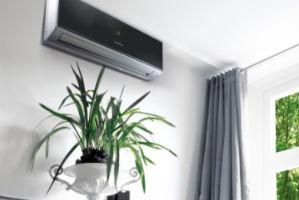 Currently new air conditioning systems for business and commercial use are being applied with good results, variable frequency drives are part of this offer.
Currently new air conditioning systems for business and commercial use are being applied with good results, variable frequency drives are part of this offer.
by Alfredo Sotolongo*
 Currently new air conditioning systems for business and commercial use are being applied with good results, variable frequency drives are part of this offer.
Currently new air conditioning systems for business and commercial use are being applied with good results, variable frequency drives are part of this offer.
by Alfredo Sotolongo*
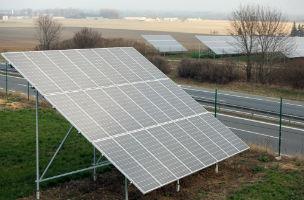 I will focus this article on two parts; on the one hand, the generation of solar thermal electricity and on the other, the incidence of this solar energy in the calculation of the thermal load, which is extremely high in tropical countries.
by Camilo Botero*
I will focus this article on two parts; on the one hand, the generation of solar thermal electricity and on the other, the incidence of this solar energy in the calculation of the thermal load, which is extremely high in tropical countries.
by Camilo Botero*
 The columnist explores in the article the potential of cogeneration and trigeneration in the processes of harnessing electrical energy and makes an analysis of the characteristics of these processes in Colombia.
The columnist explores in the article the potential of cogeneration and trigeneration in the processes of harnessing electrical energy and makes an analysis of the characteristics of these processes in Colombia.By: Camilo Botero*
 Training is critical for sales staff and other industry members for the proper marketing of products. Here we will delve into the importance of a well-trained staff to add value and win new markets.
Training is critical for sales staff and other industry members for the proper marketing of products. Here we will delve into the importance of a well-trained staff to add value and win new markets.
By: Honeywell
 The president of Acaire takes up a recent speech by the current president of ASHRAE to explain the characteristics of sustainable design and its importance in today's world and future generations.
The president of Acaire takes up a recent speech by the current president of ASHRAE to explain the characteristics of sustainable design and its importance in today's world and future generations.By: Camilo Botero*
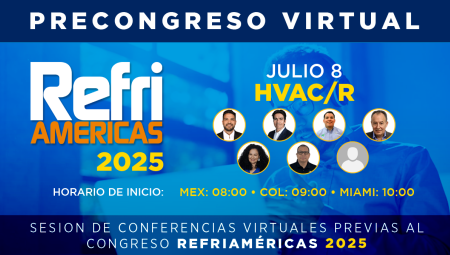
International. As a prelude to the Refriaméricas 2025Academic Congress, the Virtual HVAC Pre-Congress will be held on July 8, a free technical conference that will bring together experts and leading...
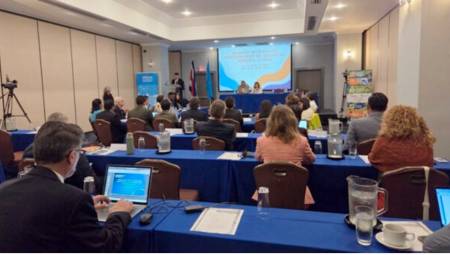
Costa Rica. Within the framework of the Meeting of Networks of National Ozone Officers of Latin America, held from June 17 to 19 and organized by the United Nations Environment Program, Chile stood...
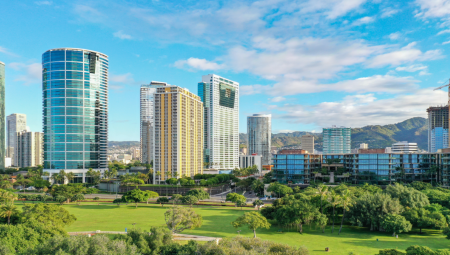
United States. ASHRAE officially unveiled its 2025–2028 Strategic Plan, with the goal of driving a healthier, more sustainable, and resilient built environment. The roadmap focuses on global...
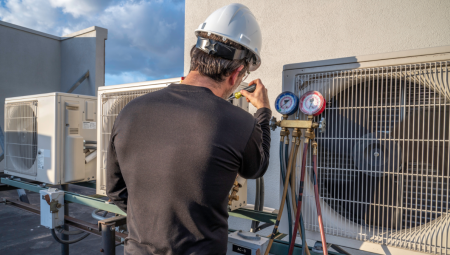
United States. The U.S. Senate on Monday night approved a controversial bill that eliminates four tax incentives widely used by the HVAC industry, bringing them closer to disappearing as of 2026.
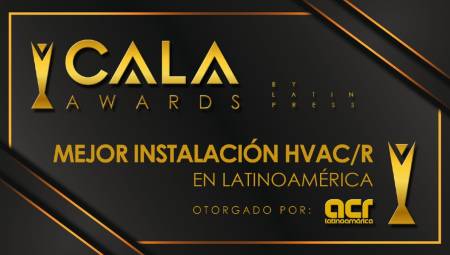
International. The most innovative and sustainable projects in air conditioning and refrigeration have been selected as finalists for the CALA Awards 2025, the most important award in the HVAC/R...
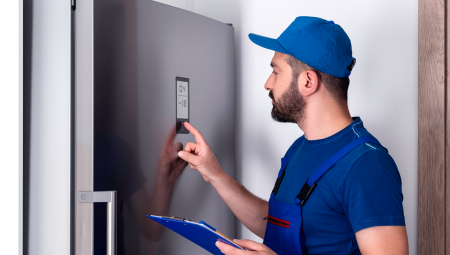
International. Every June 26, World Refrigeration Day is commemorated, a date that seeks to recognize the fundamental role that this technology plays in health, food, comfort and the global economy,...
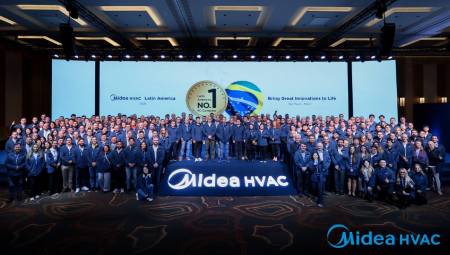
Brazil. With the participation of 170 representatives from 18 countries, Midea held the second edition of its HVAC Latin America Partner Summit at the Grand Hyatt Hotel in São Paulo. The event...

Dominican Republic. A little more than a month after its implementation, RefriAméricas 2025 continues to advance in its agenda. The event, which will be held on July 23 and 24 in Santo Domingo,...
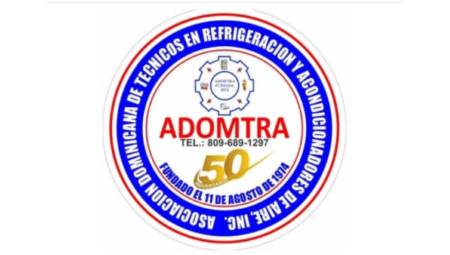
Dominican Republic. The Dominican Association of Refrigeration and Air Conditioning Technicians announced the formation of its new Board of Directors for the period 2025-2027, elected during the...
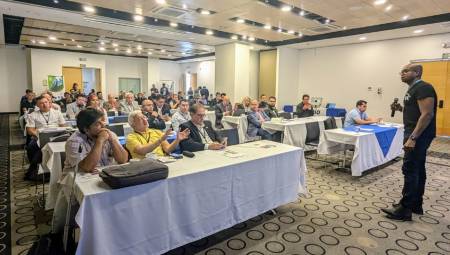
Colombia. On July 11, the Tequendama Suites Hotel will be the meeting point for leaders in the technology sector with the Building Automation Days by KNX LATAM Colombia, an event that will bring...